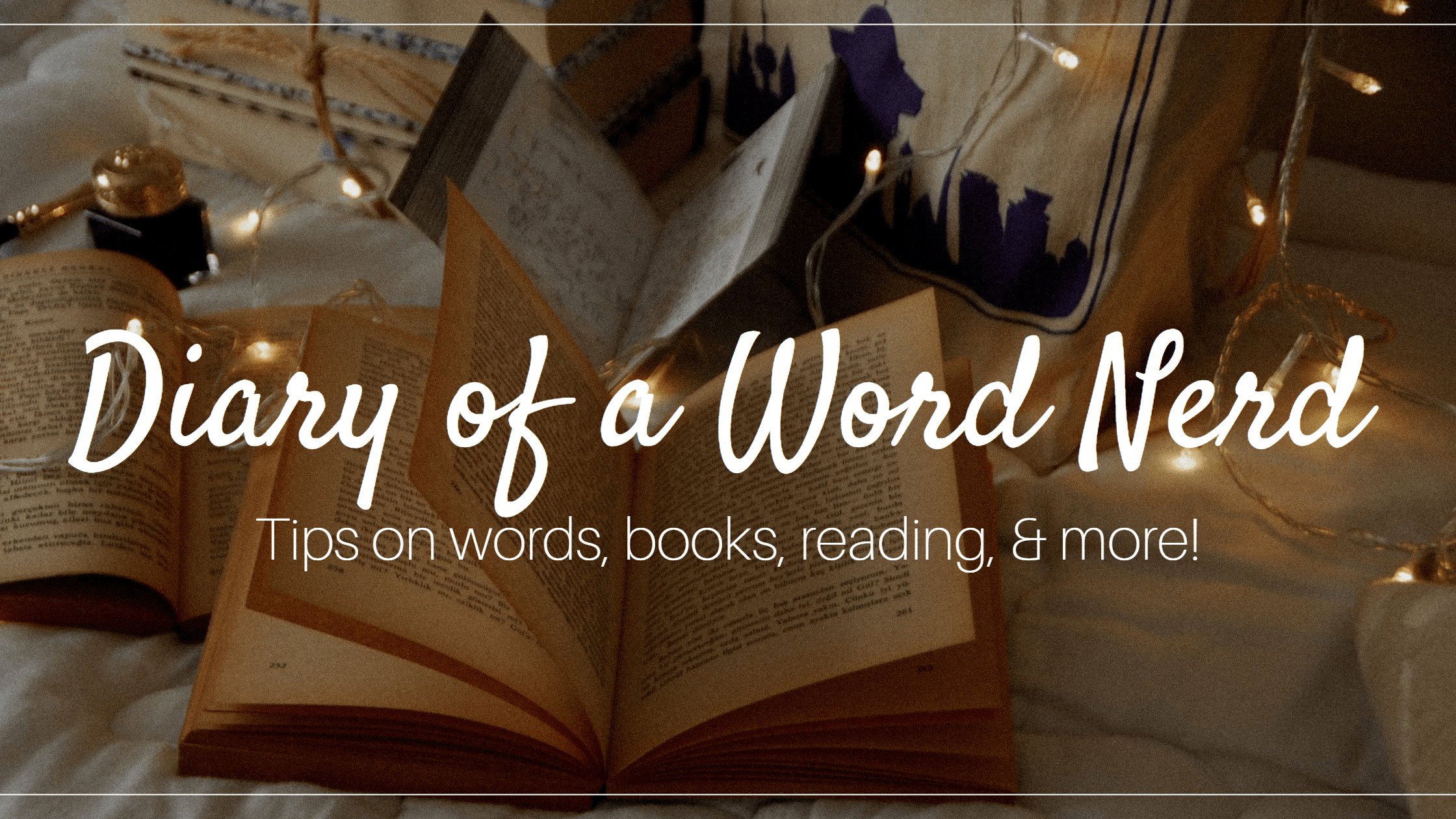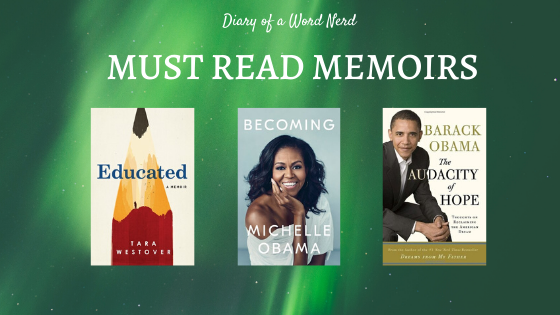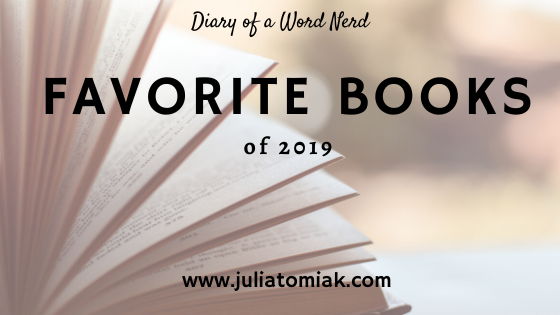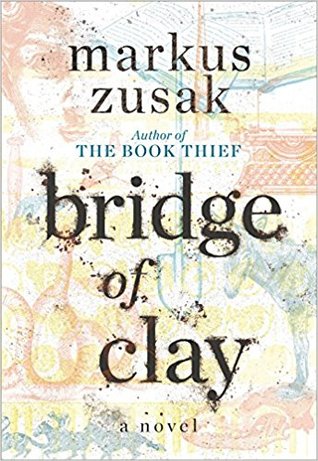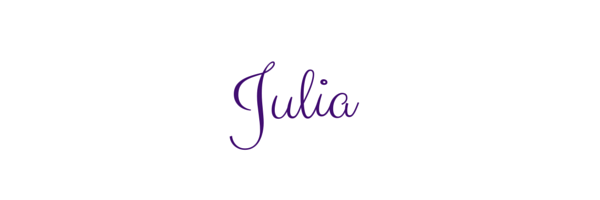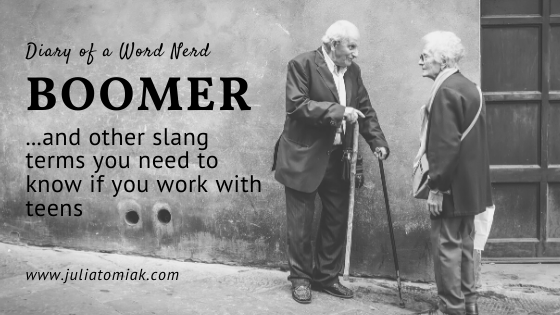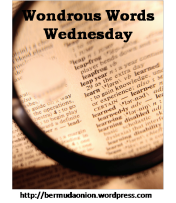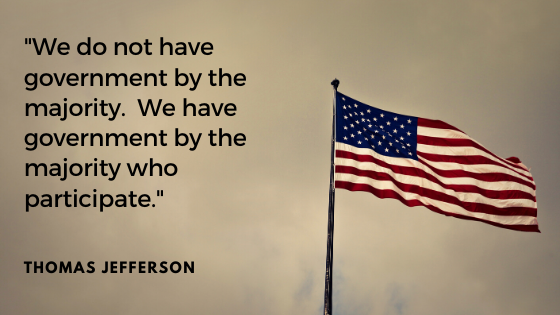Memoir is becoming one of my favorite genres. I love reading about, and being inspired by, other people’s lives. Tell Me More, a memoir by Kelly Corrigan about the “things she is learning to say to the people she loves” was one of my favorite books of 2018 – and all time. In the past few months, I’ve read three great memoirs I want to share with you.
Educated by Tara Westover
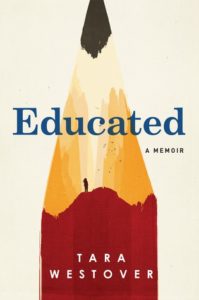
Educated tells the fascinating story of Tara Westover’s childhood in the mountains of Idaho. Her parents were survivalists, so she grew up helping her mother blend herbal remedies, stockpiling home canned food, and sleeping with a “head for the hills” bag next to her bed. Her father didn’t trust the government, so no one in Westover’s family attended public school, utilized traditional medicine, or held a driver’s license. Educated describes, in sometimes painful detail, how Westover struggled first to see that her family was atypical and then the need to escape from it.
Without any formal education, Westover gained admission to Brigham Young University as well as Cambridge and Harvard. Her story is one of strength, perseverance, and wisdom. She journey to being “educated” involved much more than books.
While studying at college, Tara learned took Psychology and discovered her father displayed symptoms of bipolar disorder. She writes:
I understood that disease is not a choice. This knowledge might have made me sympathetic to my father, but it didn’t. I felt only anger. We were the ones who paid for it.
Tara Westover, Educated
While reading Educated, I often cringed at the violence and dysfunction Tara describes, including a car accident in which her mother sustained a head injury and a fire that severely burned her brother’s legs. But I found her story of struggling for independence from her family’s, especially her father’s, peculiar ways, gripping and admirable. Later in life, after she graduated from school, she attempted to reconcile with her parents. Her father insisted that Tara was the one who had sinned and “turned away from the truth”, and he would only forgive her if she chose his way of living. She says:
If I yielded now, I would lose more than an argument. I would lose custordy of my own mind. This was the price I was being asked to pay, I understood that now. What my father wanted to cast from me wasn’t a demon: it was me.
Tara Westover, Educated
What is Tara’s relationship with her father like now? You’ll have to read Educated and find out! 😉
Becoming by Michelle Obama
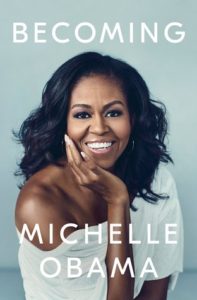
Michelle Obama’s memoir isn’t about politics. It’s the story of a girl from the south side of Chicago who grew up with few financial resources but many personal ones.
Obama used those resources to earn degrees at Princeton and Harvard, to launch a legal career at a prestigious Chicago law firm, and to realize that she wanted to do more with her time and talent than earn money and try cases – she wanted to make a difference.
Oh, yeah, and along the way she met this guy who kinda had a big influence on her life.
Michelle Obama shares her struggles with the demands of relationships, career, family, and politics. Her energy and intelligence clearly come through in her story, and yet, so do her faults and limitations. Regarding her early years of marriage, and her struggle to accept her husband’s call to politics, she says:
I began to see that there were ways I could be happier and that they didn’t necessarily need to come from Barack’s quitting politics… I’d been stoking the most negative parts of myself, caught up in the notion that everything was unfair and then assiduously, like a Harvard trained lawyer, collecting evidence to feed that hypothesis. I now tried out a new hypothesis: It was possible that I was more in charge of my happiness than I was allowing myself to be.
Michelle Obama, Becoming
I could totally relate to that!
The end of the memoir covers President Obama’s years in office and includes more details about Michelle’s political activity. By then, the political climate in our country was quite polaraized. Obama says:
It seemed they weren’t prioritizing the governance of the country or the fact that people needed jobs. Their own power came first… This was politics, yes, but in its most fractious and cynical form, seemingly disconnected from any larger sense of purpose… we had no choice but to stay positive and carry on.
Michelle Obama, Becoming
I fear these words could be used to describe our current political climate as well. I am often discouraged by the ugly rhetoric I hear from both parties, but Becoming offers encouragement for unrelenting optimism in the face of disappointment and adversity.
The Audacity of Hope by Barack Obama
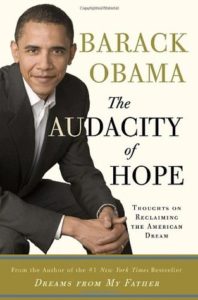
While reading Becoming, I wanted to learn more about the man Michelle Obama married. So I decided to listen to The Audacity of Hope, Barack Obama’s memoir about his time in the United States Senate. This book has a political focus, but the “Obama optimism” remains a central theme.
Barack comes across as thoughtful, introspective, and empathetic in his memoir (which he reads himself for the audio version I listened to). He says of his political rival George W. Bush, “George Bush is a fine person, I just disagree with most of his policies.” Throughout his book, Barack focuses on what unites us rather than what divides us and champions the idea that we can achieve more working together than working independently. He also offers an interesting perspective on the history of politics, including how the 1960s might have influenced the conservative movement today, and how the arguments between Jefferson and Hamilton contributed to the systems of governance we currently use.
I was encouraged and saddened while listening to this book. Encouraged to hear the voice of someone who is eloquent, rational, and reasonable. Saddened to think that he published The Audacity of Hope thirteen years ago, and not much has changed in our federal government.
Have you read a good memoir lately? Please share! And don’t forget to tell me about your favorite book from 2019! You could win a Barnes and Noble gift card!
